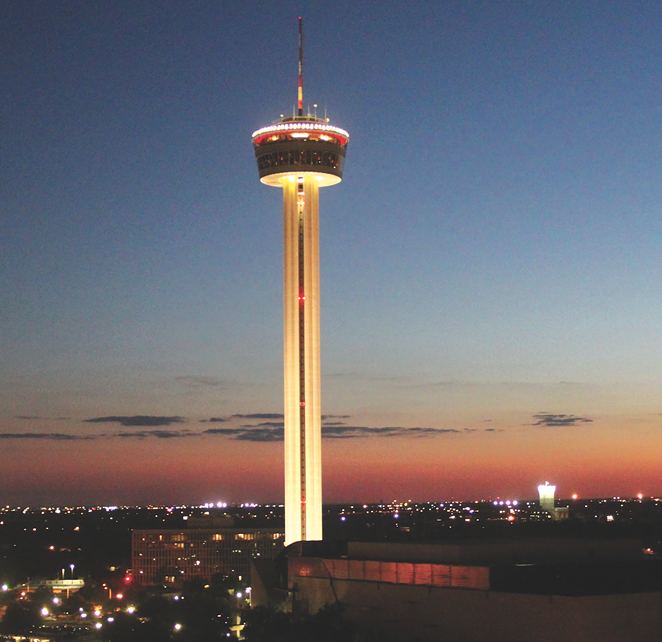Editor's Note: The following is City Current, a column of opinion and analysis.
Remember a few years ago when San Antonio was a “city on the rise”?
Julián Castro was still mayor, and the public hadn’t yet recognized that “Decade of Downtown” was code for “Oh, you’re a developer? Help yourself to some public incentives.”
#CityOnTheRise bounced like a volleyball around Twitter, kept aloft by San Antonio’s technologists, urbanists, Tech Bloc and chamber leaders, and politicians. SA2020 even sought to trademark the phrase.
Maybe they were onto something. San Antonio was a city on the rise, as long as “city” referred to the Pearl and parts of Midtown, downtown, neighborhoods ringing the center city, and the faster-growing sections of the North Side. Include much more than that, and you would’ve had to change the wording.
Unfortunately, “city in a holding pattern” doesn’t have quite the same ring to it. Even the more optimistic “city that’s progressing moderately” comes up short as a brand.
That’s one of the problems with English: sometimes you have to give up a little elegance for accuracy.
And San Antonio’s progress is nothing if not uneven and complicated.
Last week, the Census Bureau released new data that shows San Antonio remains one of the poorest big cities in the country. But it also demonstrates that San Antonians are earning more overall.
To get the ugly part out of the way, the San Antonio region, which includes New Braunfels, has the second highest percentage of its people scraping by under the poverty line among the 25 largest metro areas. Only the Detroit area is poorer.
The statistics for the city of San Antonio, not the metro area, aren’t much cheerier. They show our poverty rate from 2010 to 2016 darting around minnow-like between 20.1 percent and 18.9 percent of the population below the line. Basically, one in five San Antonians living in poverty has been the status quo – even when ours was a city on the rise.
The picture is brighter when you turn to SA workers’ median income, which rose 12 percent from 2010 to 2016 when it reached $48,183. Among Texas’s four biggest cities, San Antonio was second only to Austin, where the median income lunged ahead 20 percent between 2010 and 2016 to $60,939.
As always, education makes the difference.
Nearly 48 percent of the people populating our bratty, show-off sibling rival to the north had bachelor’s degrees or higher in 2016, compared to San Antonio’s 25 percent.
High-school graduation rates, on the other hand, weren’t too far out of whack between the two – 82 percent in SA and 88 percent in Austin.
Both cites were also similar in the huge income gaps between their academically low- and high-achievers. The median income for a high-school dropout was $18,939 here and $20,453 in Austin. For people with advanced degrees, it was $62,283 here and $67,399 there.
I’ll spare you more numbers.
There are two bottom lines here. San Antonio is the fastest-growing city in the country, according to a previous Census report, and San Antonians in general are taking home more money. At the same time, lagging educational attainment, deep pockets of poverty and yawning income inequality are still combining to slow down the city’s progress.
All the talk about e-scooters on downtown streets and sidewalks, tech districts and the marvel that is the Pearl is fine. But if the speaker who’s telling you about this great stuff looks like he or she is about to wrap up with some variation of “city on the rise” (maybe something along the lines of “a world-class city”) – well, an eye roll would be rude, albeit understandable.
It’s still a little abrasive, but perhaps a better response would be: “Maybe you should put that brand away, cowboy, and go volunteer to read to some elementary-school kids.”
Stay on top of San Antonio news and views. Sign up for our Weekly Headlines Newsletter.


